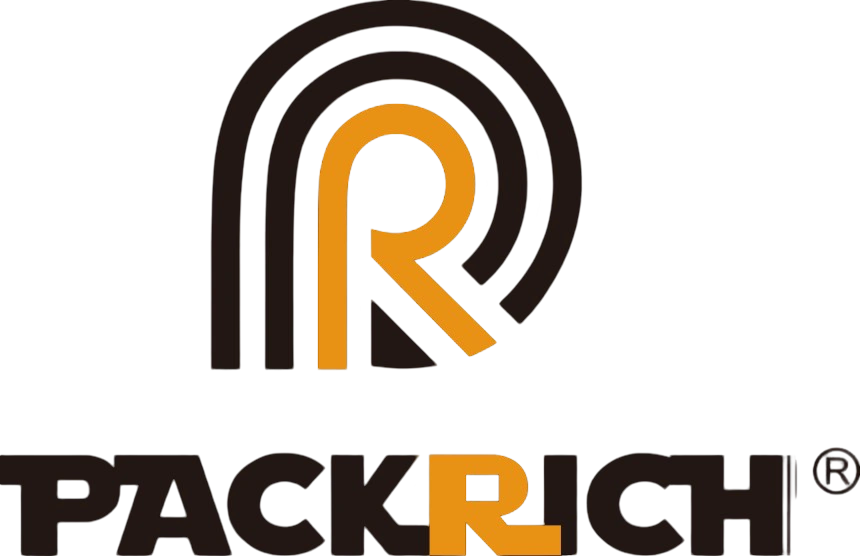Nursing beds are a significant necessity when discussing the provision of healthcare services. Specialized in tailoring care and recovery of patients for easier use in hospitals, nursing homes, and home care settings, these beds are essential in aiding to the patients and improving their convenience. This article explores other features, advantages, and developments with respect to nursing beds and their role in improving the patients’ outcome and comfort.
Adjustable hospital beds or rather nursing beds have features which can be altered to meet the needs of individual clients. They can be raised or lowered which improves the care given during basic activities like bathing, eating, and medication. Moreover, patients have adequate comfort during recovery due to ease in adjusting the height and angle of the bed and both patients and caregivers are protected from injuries. The increase in the demand for technology integrated nursing beds proves that there is need for efficient equipment change which has led to the invention of new models with greater technology enabled functions like ease of use for claw adjusting devices.The flexibilities modern nursing beds give the patients makes them easily mobile and promotes greater self-dependence. A number of the models come with side rails to assist the patients, wheels to roll on, and even lift mechanisms, which enable patients to change positions with minimal help. This autonomy is essential for mental health and well-being. This greatly helps in enhancing recovery times. Additionally, nursing beds are made with patient’s safety in mind, means they must not pose any anti-slip surfaces and securely locking mechanisms to help avert accidents.
Besides possessing external features, the fabric or material making the nursing bed is also essential for strong attention. Nursing beds come with high-restricted powerful mattresses that can guard against and relieve pressure on a person’s body and hence make it harder for somebody constrained to a bed to develop bed sores. Most nursing beds come with fabrics that are free of germs and easily washable which help in cleaning increasing the level of hygiene and hence dirt. Use of smart technology including remote monitoring programs and pressure sensitive devices that enable a healthcare worker to follow the state of the patient and attend to him in case of any changes to the patient.The trends in nursing beds suggest that more attention is being paid to designing and personalizing them to meet specific patient needs. Manufacturers are now more concerned about creating nursing beds that go beyond the basic transaction of meeting a patient's needs to providing a better overall experience. Options like adjustable softness and aesthetic preferences are aids to custom-tailor the patient's experience to meet their preferences. In addition, the focus on home healthcare is driving developments in nursing beds for patients who are mobile and recovering at home, increasing their ease of use.
To summarize, nursing beds are an important component concerning patient's care and recovery. This is because they have distinct advantages in relation to comfort, safety, and independence of the patient. With advances in technology, the use of nursing beds in managing patients will enable better results compared to the past. Such changes require that caregivers remain abreast to optimally guide their patients through the proper systems.

